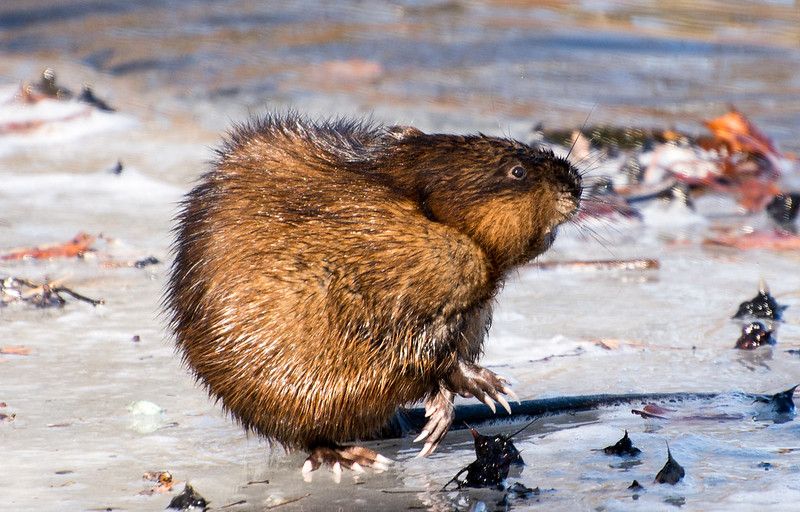By Tom Taylor, Digital Editor
The furry duo have been released into two fenced areas of woodland at the Holnicote Estate on the edge of Exmoor in Somerset. It is part of the National Trust's plans to increase biodiversity on its land and properties.
A pair of Eurasian beavers, one male and one female, have been released into fenced woodland at the Holnicote Estate in an effort to increase biodiversity and curb flooding.
National Trust Project Manager, Ben Eardley has said that 'Our aim is that the beavers become an important part of the economy at Holnicote, developing natural process and contributing to the health and richness of wildlife in the area.'
Once key players in the UK's ecosystem, Beavers became extinct in the 16th century due to hunting for their fur, meat and scent glands.

Mark Harold, Director of Land and Nature at the National Trust said: 'We know from the recent State of Nature report that wildlife is in decline, 41 per cent of species since 1970 are under threat from extinction. These releases are part of the Trust's wider objective to restore 25,000 hectares of wildlife-rich habitats by 2025.'
| Bristol becomes a hedge-hog friendly campus
The beavers' dams will hold water in dry periods and help lessen flash flooding downstream, reduce erosion and improve water quality by holding silt. The release is the first of its kind by the National Trust and the organisation is planning another release in the South Downs if this project proves a success.
The beavers have been examined by vets prior to their release. Their impact is being monitored by Exeter University.
Featured: Wikimedia Commons / Sven Začek
What other ways can the South West improve its biodiversity?









